High voltage and low voltage cables differ in their voltage level, which results in structural characteristics and distinct areas of application. Understanding these differences allows you to choose the appropriate cable, thus improving the safety and efficiency of the system. This article presents in detail the distinctions between high voltage and low voltage cables in terms of voltage level, of structure and applications, And explains how to identify them correctly.
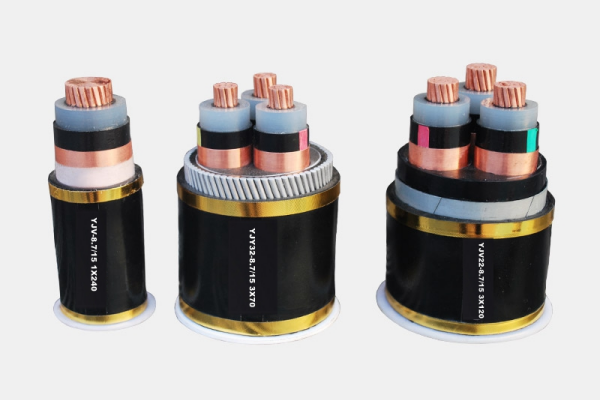
Tension difference
Electric cables are classified according to the voltage they transport. This tension may vary from a few volts for domestic devices up to several hundred thousand volts for energy transport networks. High voltage cables (HT) are designed to transport electricity to levels higher than 1 000 volts (1 kV). In general, These cables are used in the transmission networks to transport electricity from power plants to the substations. Low voltage cables (BT), as for them, carry electricity to tensions lower than 1 000 Volts and are commonly used in local distribution networks, domestic and industrial facilities.
Examples of Applications :
HT cables : Transport of electricity between a power station and a substation.
Bt cables : Electricity supply to a residential building, to public lighting or household appliances.
Structural differences
The differences in structure between high voltage and low voltage cables are significant. This is due to the strict security and performance requirements imposed on high voltage cables, which must be able to manage much higher tensions without compromising the integrity of the electrical system.
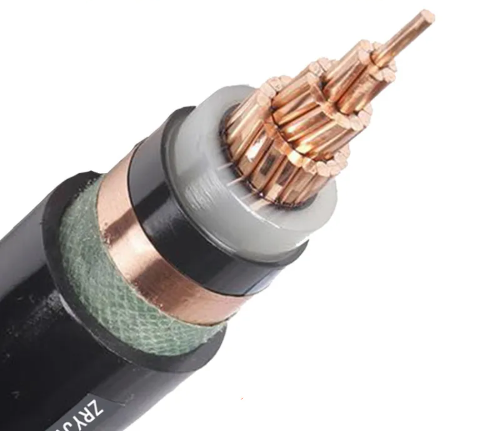
Driver's shielding layer
The driver is the heart of the cable, ensuring the transport of electricity. In high voltage cables, It is often surrounded by a layer of shielding to limit parasitic electric fields which could cause energy losses or dangerous discharges. This shield is made up of conductive materials such as copper or aluminum. It is essential for high voltage systems, where the electric fields are very intense. Low voltage cables, on the other hand, do not always require shielding, Except in environments where there is a risk of electromagnetic disturbances.
Materials used
HT cables : Copper or aluminum driver, Armored with additional diapers for better performance.
Bt cables : Copper or aluminum driver, Sometimes non -armored, used in less restrictive environments.
Insulation layer
Insulation is crucial to ensure that electric current remains confined inside the driver and does not dissipate in the environment. For high voltage cables, Insulation is much more robust and thick. She must not only bear strong tensions, but also withstand difficult environmental conditions (high temperatures, humidity, etc.). The insulation materials used include reticulated polyethylene (XLPE), which offers excellent dielectric properties and higher thermal resistance.
On the other hand, Low voltage cables often use simpler insulation materials such as PVC (polyvinyl chloride) I'm not or (polyethylene), which are adapted to the less severe conditions of light domestic or industrial installations.
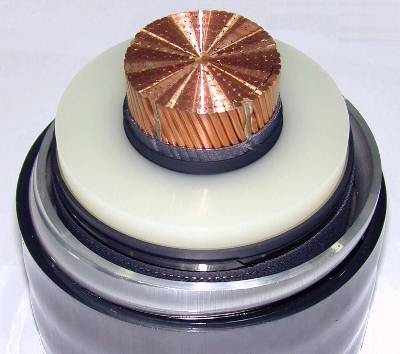
Insulation armor layer
In high voltage cables, A shielding layer is placed around insulation to protect against electric discharges and prevent electric fields from leaving the cable. This layer is particularly important in underground cables, where failures of insulation could have serious consequences. Low voltage cables sometimes also have shielding, But it is less complex and less thick.
Metal protection (armor)
High voltage cables, especially when they are installed in extreme conditions (underground or underwater), must be protected from physical damage. This is why a layer of metal armor, often made up of steel threads or steel ribbons, is added. It offers mechanical resistance that protects the cable from shocks, soil pressure or humidity.
In low voltage installations, This protection is not always necessary, Except when cables are subject to difficult physical conditions, as in construction sites or industrial environments.
Steel armor layer
Steel armor is essential for high -voltage cables installed in dangerous environments, such as underwater cables or high-depth underground cables. Steel armor protects the cable against severe mechanical constraints. For low voltage cables, This protection is generally used in specific and less intensive applications.
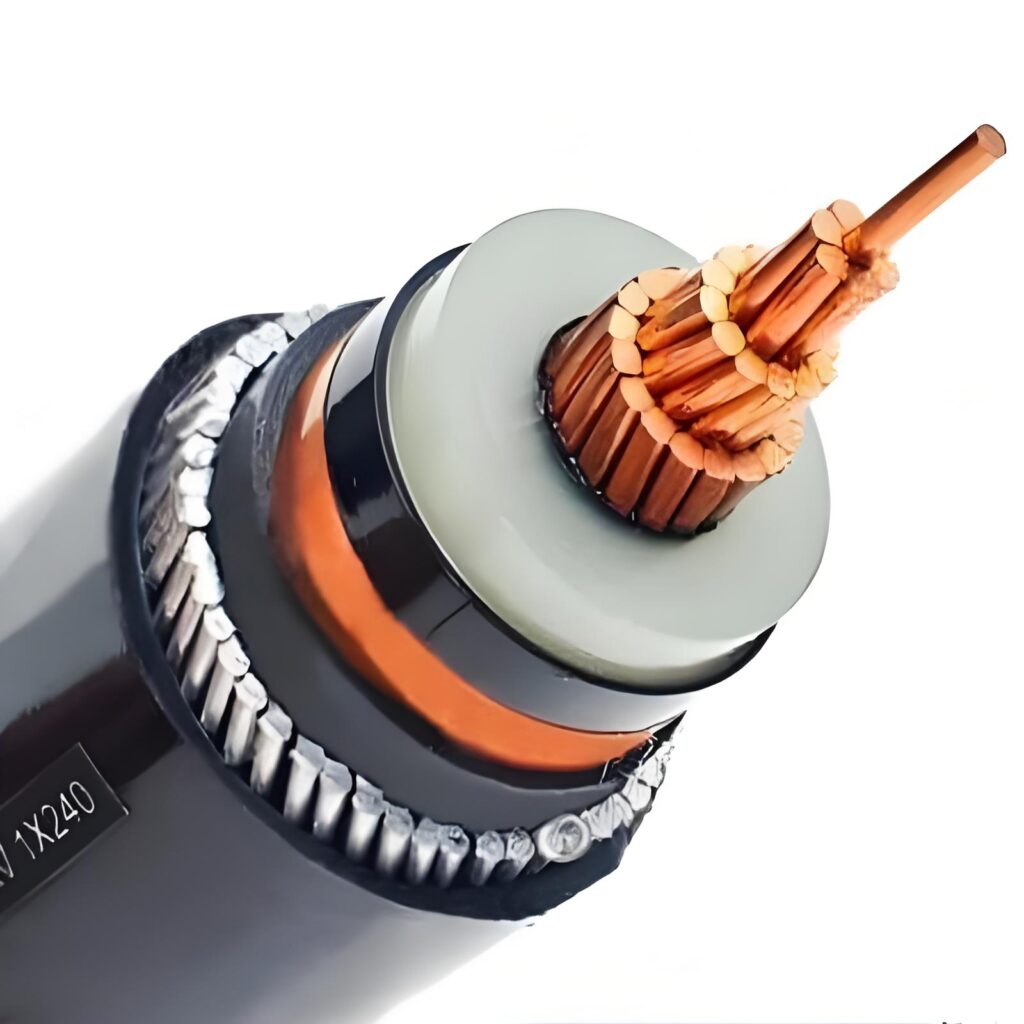
Difference in use
High voltage cables and basse tension are used in very different contexts.
In general, High voltage cables are used in large -scale energy transport infrastructure. For example, They transport electricity to power plants to large urban areas, sometimes crossing hundreds of kilometers.
Low voltage cables, as for them, are used to supply residential buildings, commercial or industrial. They are in local distribution systems, domestic electrical networks or for specific equipment such as industrial machines.
Concrete examples of use
HT cables : Regional electrical networks, Interconnection of power plants.
Bt cables : Building, public lighting, communication networks.
How to distinguish high voltage and low voltage cables ?
Isolation
The thickness of the insulation is a key factor to differentiate a high voltage cable from a low voltage cable. Generally, High voltage cables have much thicker insulation, capable of supporting high electrical loads. The materials used for insulation are also more resistant in high voltage cables, in order to prevent failures and electric leaks.
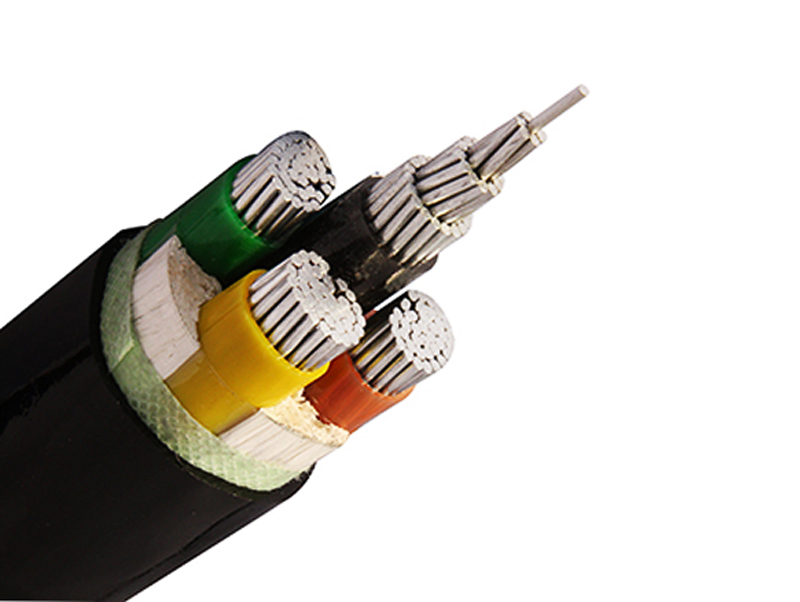
Markings on the external sheath
Cables are often marked with information concerning their nominal voltage, their diameter, and other technical specificities. This information is crucial for electricians and engineers in order to select the right type of cable for a given application. A high voltage cable will bring clear indications of its capacity, Just like a low voltage cable.
Difference in the manufacturing process
The manufacturing process of high voltage cables is particularly rigorous. It includes several steps, Since the selection of conductive materials Until the final quality control. Each cable component must be designed to withstand extreme conditions, especially at high temperatures and intense electric fields. Performance tests are also more frequent and more advanced for high voltage cables.
The manufacture of low voltage cables is simpler, But it also follows strict quality standards, in particular with regard to insulation materials and resistance to physical damage.
Can high voltage cables be used as low voltage cables ?
Although high voltage cables can technically be used in low voltage applications, It is not recommended. High voltage cables are more expensive and heavier, and their use in low -voltage systems would cause unnecessary additional costs without additional benefits in terms of performance. What's more, their installation would be more complex due to their size and weight.
Conclusion
In summary, The differences between the high voltage and low voltage cables are large, ranging from their design and structure to their use and manufacture. Each type of cable is designed to meet specific needs and must be selected according to the application to which it is intended. At ZMS Cable, We are proud to provide solutions adapted to each need, By guaranteeing high quality cables, compliant with international standards.
